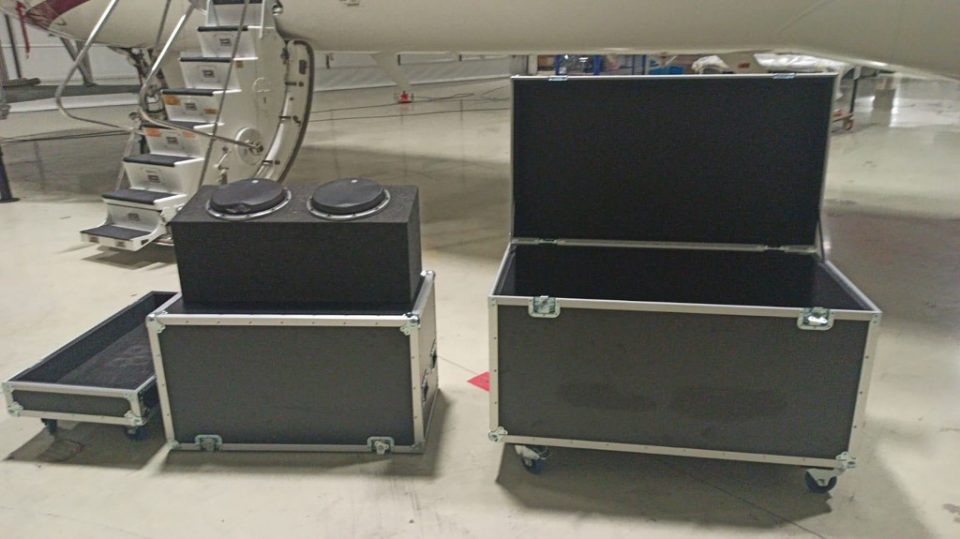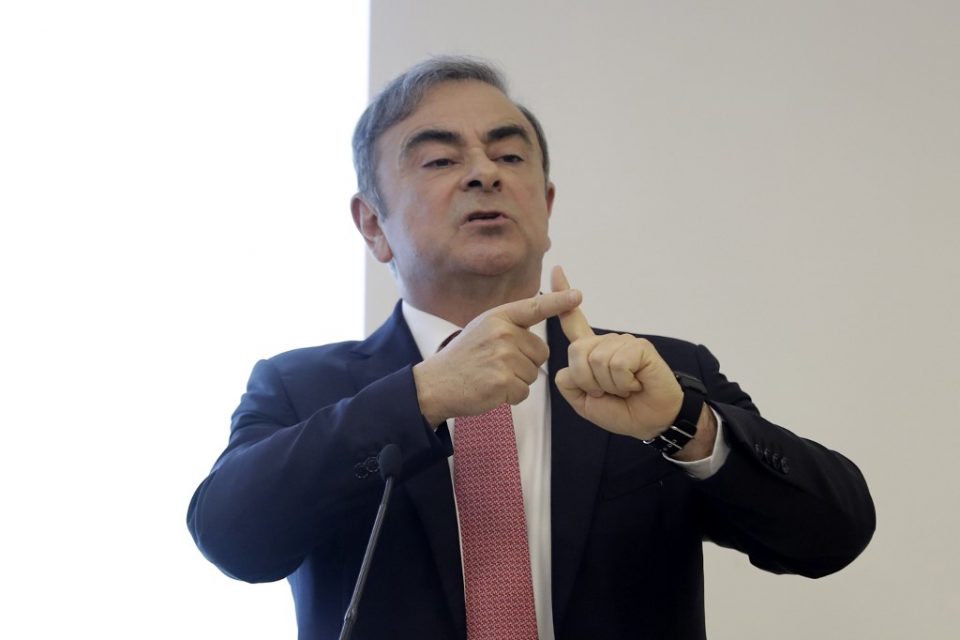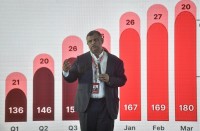
by Richard CARTER
Agence France Presse
Private jets, bullet trains and boxes with holes for breathing: Carlos Ghosn’s escape from Japan, where he was awaiting trial, is worthy of a Hollywood plot.
A millionaire many times over, used to hob-nobbing with the Davos set, Ghosn chafed at what he felt were the tight restrictions imposed as a condition of his bail ahead of an expectedly lengthy trial for financial misconduct.
As 2019 drew to a close, the former boss of Renault-Nissan made a break for it.
On Wednesday he appeared in public for the first time, but despite repeated questions from the media for more than two hours during a Beirut press conference, he refused to give the slightest detail about his escape.

Ghosn said only he had been “presumed guilty” in Japan and felt he had “no choice” but to jump bail, having already spent 130 days in jail.
“There was no way I was going to be treated fairly … this was not about justice. I felt I was a hostage of the country that I have served for 17 years,” he said.
Here’s what we know about his dramatic flight:
– ‘Bullet train’ –
Ghosn’s escape started with him simply walking out of his luxury central Tokyo residence on December 29, security camera footage shows.
According to Japanese media, he met two US citizens in a nearby hotel and the trio took a shinkansen bullet train from Shinagawa, a major Tokyo hub, to Osaka in western Japan, a trip of around three hours.
All three headed to a hotel near Kansai International Airport, with security camera footage showing only the two Americans leaving, carrying “two big boxes” — with Ghosn apparently inside one of them.
He departed in a private jet — Turkish investigators say a Bombardier labelled TC-TSR — that landed in Istanbul at 5:15am local time on December 30 and parked in a hangar.
A photo released by the Istanbul Police Department shows the cases which Ghosn allegedly used in his Houdini-like escape.
A Japanese transport ministry official has told AFP that security checks on luggage are not necessary for private jet operators and the boxes were apparently too big for the X-ray machines at the airport.
Citing sources close to the investigation in Turkey, the Wall Street Journal said holes had been drilled in the box containing Ghosn so the executive could breathe.
Asked in the press conference whether he would recommend a travel case as a means to travel, Ghosn declined to answer and simply moved onto the next question.
– ‘Clandestine getaway’ –
Turkish news agency DHA said in Istanbul Ghosn boarded a second private jet to Beirut, a Bombardier Challenger 300 TC-RZA, which left 45 minutes later.
Turkey’s Justice Minister Abdulhamit Gul said seven people had been detained in connection with the jets, including four pilots. Five were formally arrested.
The Turkish private jet company MNG filed a complaint Friday alleging its aircraft were used illegally, and said one employee admitted to falsifying the flight manifest to keep Ghosn off the passenger list.
The 65-year-old former car executive has insisted he acted alone, without help from his family.
The Wall Street Journal said he was aided by a former US special forces operative, Michael Taylor, now working as a private security contractor and described as an “expert in the art of clandestine getaways”.
– Passport roulette –
In his own words, Ghosn was a symbol of globalisation and he held three nationalities: French, Brazilian and Lebanese.
As part of his bail conditions, three passports were kept locked up by his lawyers.
However, a source close to the matter told AFP the Tokyo court had allowed Ghosn to keep his second French passport so long as it was kept “in a locked case” with the key held by his lawyers.
This second French document was so he could prove his short-term visa status if needed when travelling in Japan — which was allowed in his bail conditions.
He apparently used this to enter Lebanon — airport documents there seen by AFP show he entered on a French passport.
French Foreign Minister Jean-Yves Le Drian said he had “no particular information” about that.
Japanese authorities have confirmed there is no record of Ghosn departing the country — lending credence to the cargo box theory.
– What next? –
Interpol, the international police cooperation body, issued a “red notice” for Ghosn’s arrest, but Beirut and Tokyo do not have an extradition agreement under which he could be sent back to Japan, and Lebanese officials say he entered the country legally.
However, an official speaking on condition of anonymity told AFP that Ghosn would receive a summons from the Lebanese judiciary which “is obliged to hear him” but “can still decide whether to arrest him or let him remain free”.
Nevertheless, he could still find himself in hot water in Lebanon. Three lawyers submitted a report to the public prosecutor demanding he be prosecuted over a 2008 trip he made to Israel — a country Lebanon bans its citizens from visiting.
A source close to the case in Japan has told AFP that a trial over alleged financial misconduct involving Ghosn’s right-hand man Greg Kelly and Nissan could still proceed.
Ghosn denies all the charges against him, and said Wednesday he has names and documents to prove Japanese and Nissan officials conspired against him in a “plot” to prevent Nissan getting too close to French firm Renault.
© Agence France-Presse







